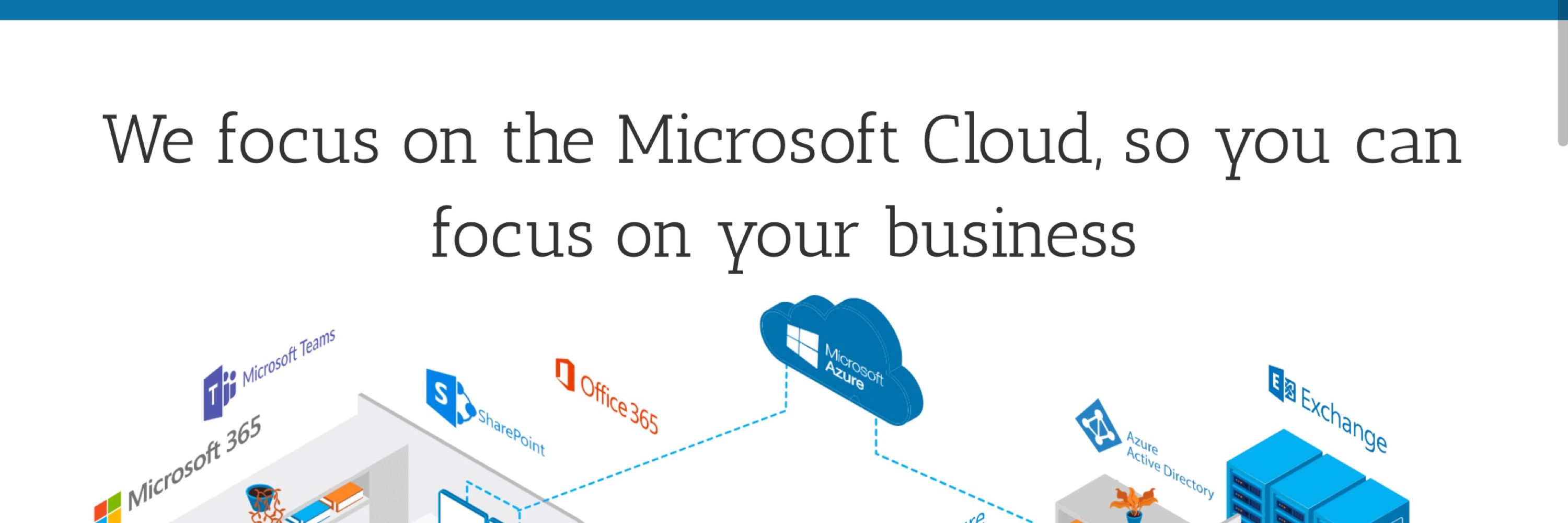Faster, more personalized service begins at the frontline with Microsoft Intune
In healthcare, patient trust often begins at the frontline with people who deliver care, respond to questions, and manage crucial in-the-moment decisions. Increasingly, those experiences are shaped by the tools frontline workers use. When devices are secure, responsive, and tailored to clinical workflows, they enable faster, more informed, and more compassionate care.
For chief technology officers (CTOs), this raises important questions: How can frontline devices enhance productivity and responsiveness? And just as critically, how can organizations ensure those devices are secure, compliant, and ready to go at a moment’s notice?
Healthcare isn’t alone in these challenges. Industries like retail, where frontline teams also engage directly with the public in fast-paced, high-stakes environments, face similar pressures around device management, security, and scalability. This blog focuses on how modern endpoint management supports care and delivery at the frontline, with parallel insights drawn from the retail world to highlight shared strategies and solutions.
Learn how Microsoft Intune can help your organization securely manage frontline devices.
Microsoft Intune
Secure and manage every device from one place.
Learn more
Why endpoint management matters at the frontline
Every frontline interaction is a potential brand moment that impacts trust and outcomes. A poor experience can ripple quickly, but the right tools in the hands of frontline staff can lead to faster, more personalized service. To deliver those experiences at scale, CTOs should consider three foundational principles for frontline device strategy:
* Recognize that many devices are shared. With shift-based work, secure and seamless sign-on backed by a Zero Trust approach helps provide the right person access to the right tools, without delay.
* Use a cloud-native approach to manage all devices. Whether company-issued or bring-your-own device (BYOD), cross-platform management keeps devices are up-to-date and ready to go, reducing setup times and support tickets.
* Embrace innovations like Microsoft Copilot and Microsoft 365. AI-powered tools and Cloud PCs help organizations scale faster, enhance security, and give workers access to the latest experiences, without disruption.
Now let’s explore what this looks like in practice, starting with healthcare.
Healthcare in focus: Modern management for care delivery
In healthcare, frontline workers rely on shared devices that must be secure, personalized, and compliant. Microsoft Intune has helped hospitals like Milton Keynes University Hospital implement endpoint management for shared tablets used in nurse stations—tools that support real-time monitoring and communication.
Because staff rotate across shifts, easy sign-in is essential, and devices must only receive updates during defined maintenance windows. These shared tablets also require network restrictions and strict access controls to meet security standards without interrupting care.
Intune also supports iPad OS and configuration, helping frontline staff access patient information quickly and securely at the bedside, reducing friction and improving the overall care experience.
With AI-powered tools like Microsoft Copilot in Intune, healthcare IT teams can proactively identify issues, troubleshoot devices, and maintain compliance, all while reducing operational burden. As new AI agent capabilities emerge, they’ll enable even faster remediation of vulnerabilities, protecting sensitive patient data in an evolving cyberthreat landscape.
And with Windows 365 Frontline, healthcare organizations can provide scalable, secure access to virtual desktops for rotating clinical staff, delivering performance without the need to deploy and manage a physical device for every user.
Retail in focus: Elevating service and speed on the store floor
In retail environments, every frontline interaction is a brand opportunity, and device performance can make or break that moment.
At the National Retail Federation (NRF) conference in January 2025, companies like IKEA and Levi’s showcased how giving employees access to personalized devices helps them visualize products with customers and provide more tailored service.
Retail staff often rely on shared devices across shifts, so it’s critical that sign-in is fast, interfaces are familiar, and access is secure but streamlined. Temporary session PINs and pre-configured apps let employees start working, and serving customers, immediately.
At Schwarz Group (which includes 575,000 employees across 13,900 stores in 32 countries, including the Lidl and Kaufland retail brands) Intune supports staging and managing tens of thousands of employee devices. IT can remotely provision new devices with pre-defined configurations, eliminating time-consuming setups and ensuring tools are ready before the employee even logs in.
Retailers can also take advantage of Windows 365 Cloud PCs and Windows 365 Frontline to give employees secure access to key tools across locations and shifts, while simplifying management and keeping costs down.
Streamline and secure your device ecosystem with Microsoft Intune
A better frontline experience leads to better outcomes
Whether it’s a customer shopping in store or a patient receiving care, the frontline experience shapes how people perceive your organization. When frontline tools are secure, responsive, and tailored to the user, staff can serve with confidence—and people feel the difference.
Now is the time to reassess your endpoint strategy. For healthcare organizations, secure, cloud-native device management can be one of the most powerful levers for improving patient outcomes and operational efficiency. And for industries with similar frontline demands, like retail, the same principles can deliver meaningful gains in speed, security, and customer satisfaction.
Explore how other leading organizations are benefiting from modern, cloud-native endpoint management. For more, check out Intune’s recent “From the frontlines” blog for retail or for healthcare, or other examples of Intune customer stories.
Learn more
Learn more about Microsoft Intune.
To learn more about Microsoft Security solutions, visit our website. Bookmark the Security blog to keep up with our expert coverage on security matters. Also, follow us on LinkedIn (Microsoft Security) and X (@MSFTSecurity) for the latest news and updates on cybersecurity.
The post Faster, more personalized service begins at the frontline with Microsoft Intune appeared first on Microsoft Security Blog.











